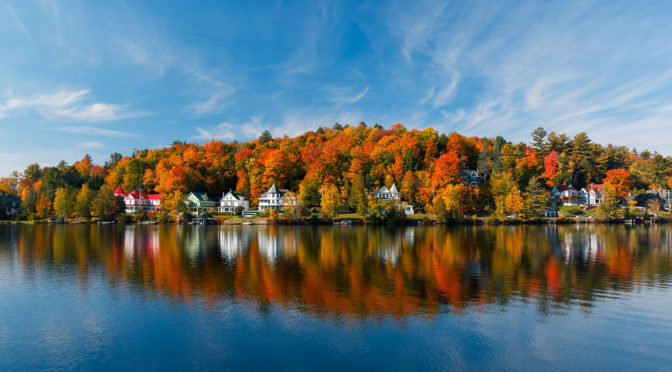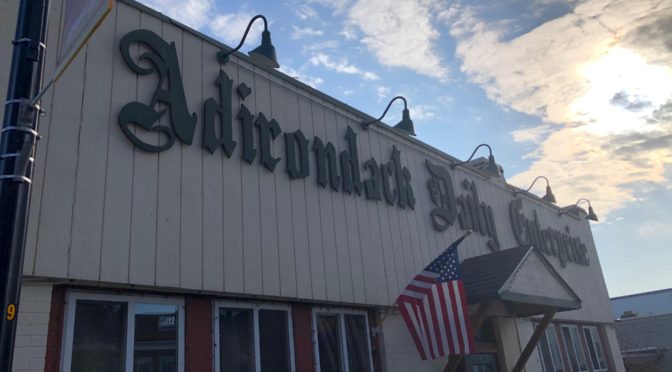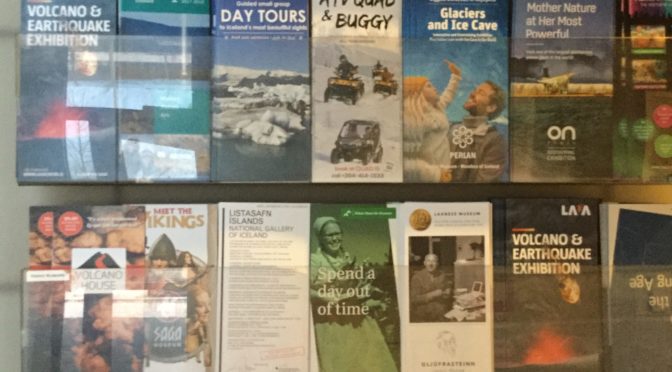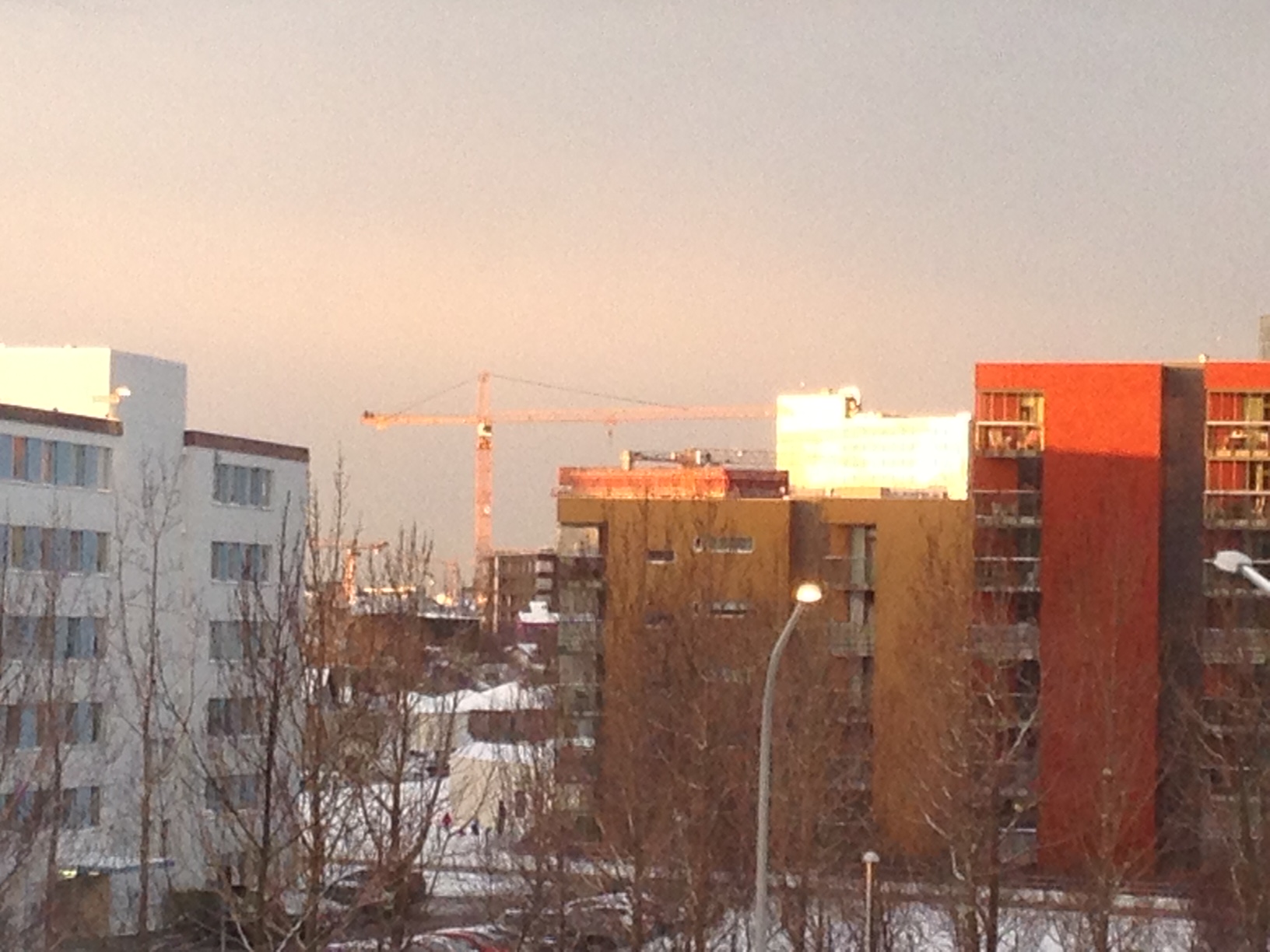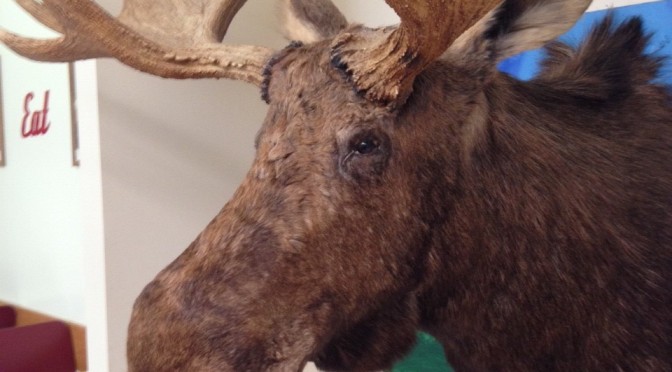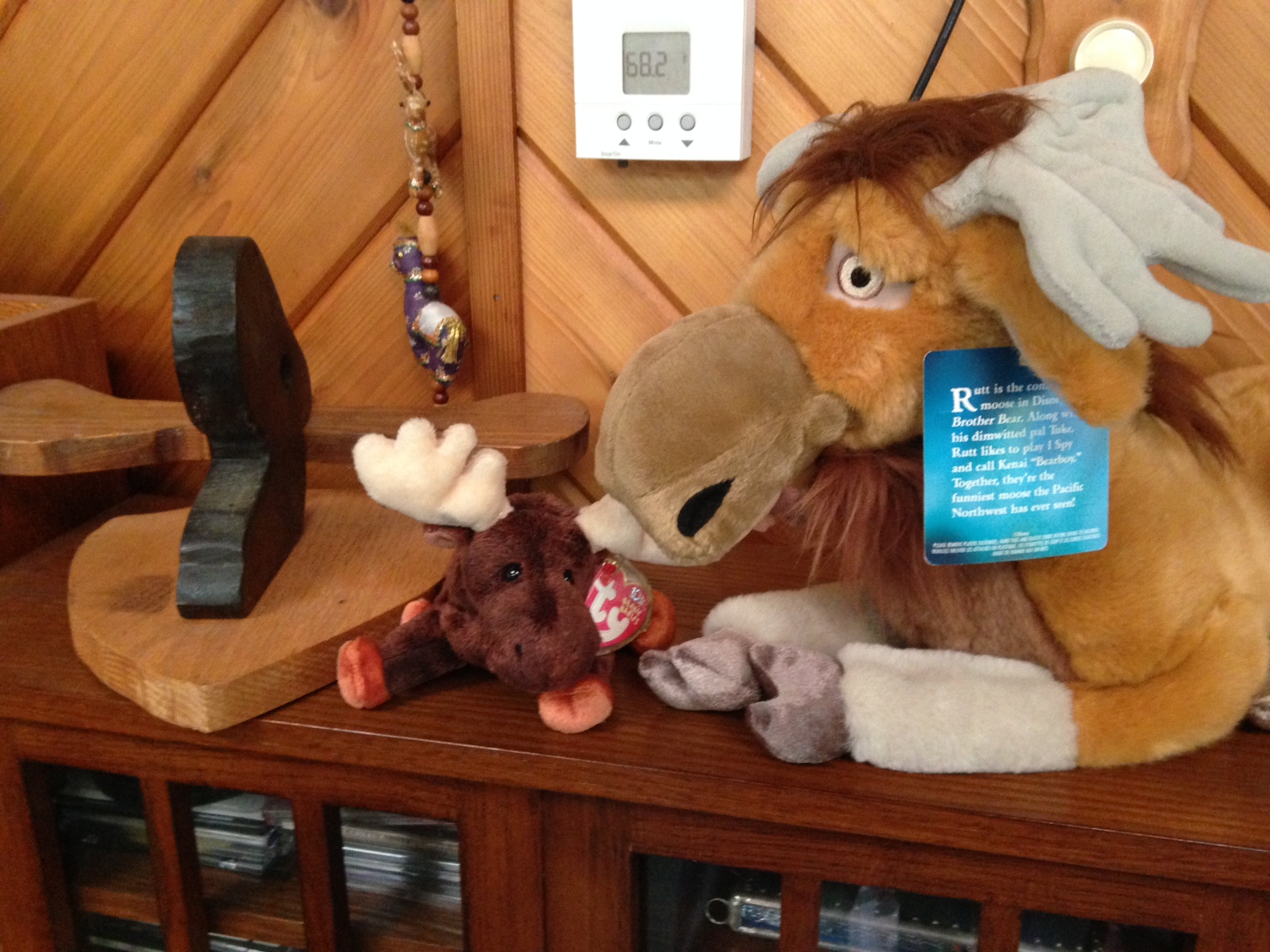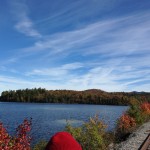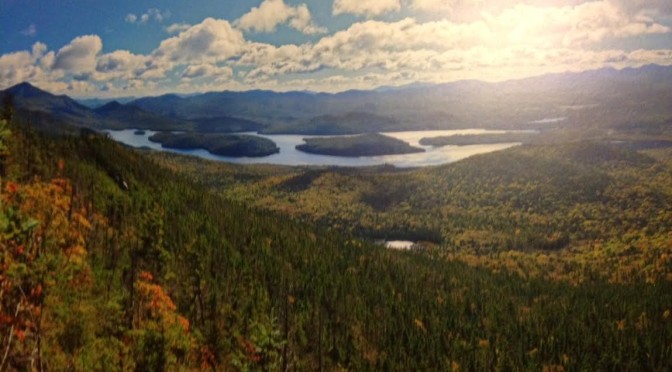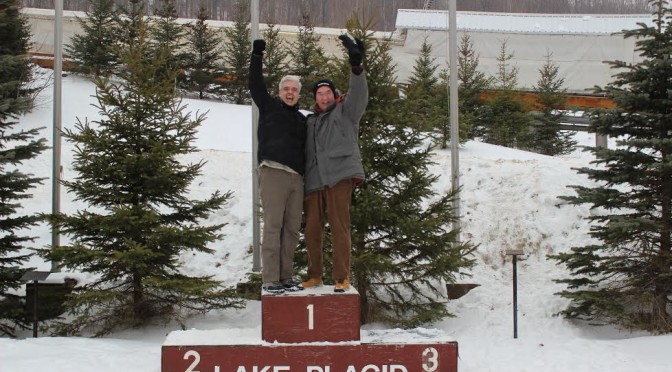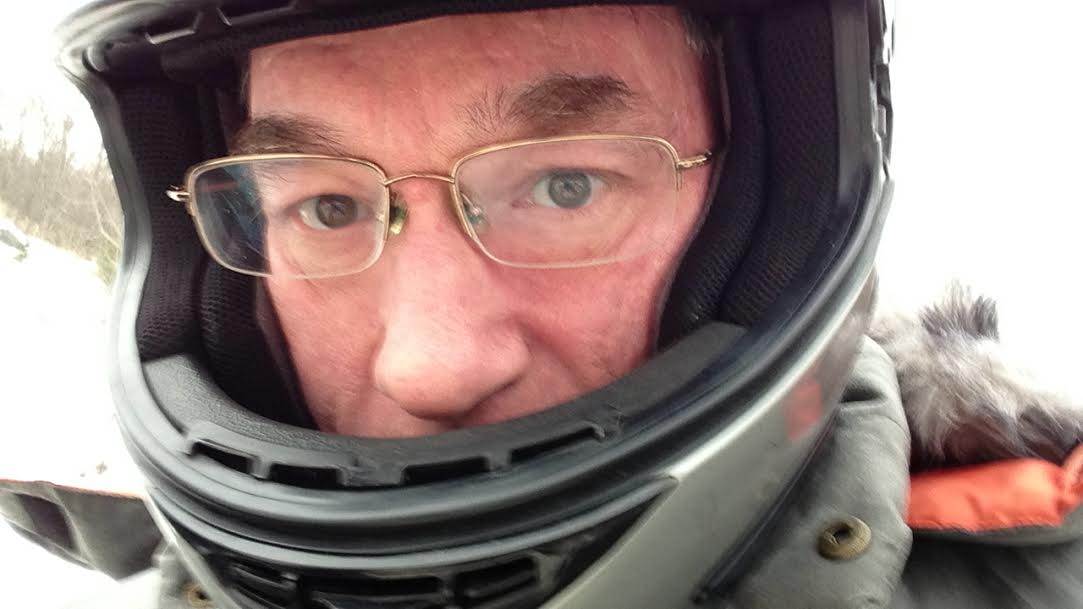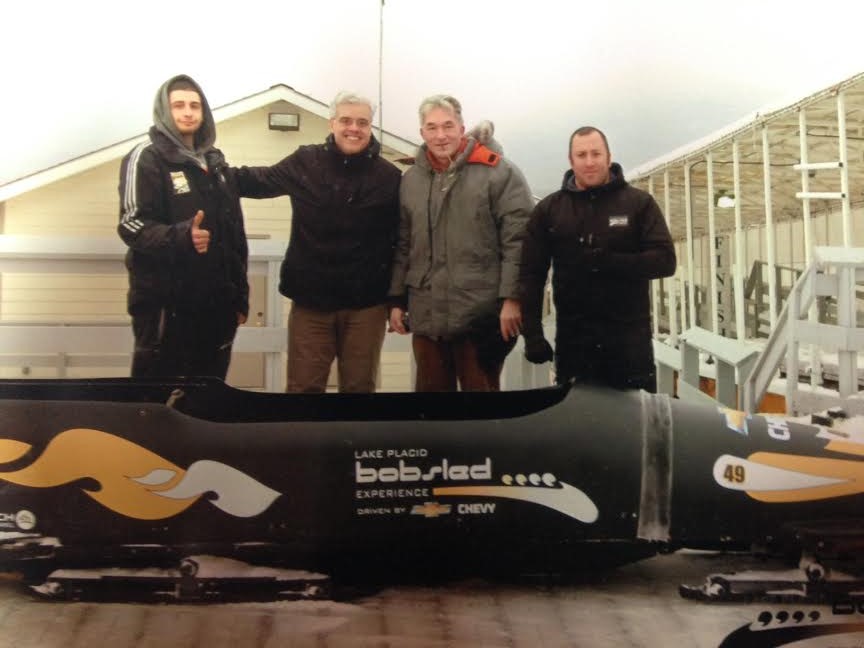I met Dick DePuy covering my first Village Board meeting on my first day working at The Adirondack Daily Enterprise in Saranac Lake, N.Y. It was November 1986, and I didn’t have a clue what I was doing.
Sure, I had gotten a degree in journalism at a New York City college and was thrilled to be in my first reporting job but still I was a jittery wreck.
I am pretty sure my pen shook as I dutifully took notes of the night’s proceedings.
At the meeting, Dick sat at one end of the table with the trustees and then-Mayor Tim Jock.
Dick’s look was fierce: Crew cut hair, square jaw and his mouth set in a permanent grimace.
I wondered whether I should salute rather than shake hands with him.
He read from his manager’s report, gave me a copy and invited me to come by his office the next day. He said he’d show me around.
My early interactions with Dick — I always called him “Mr. DePuy” (see previous comment about authority figure) — were not unlike approaching a snarling dog: Would he merely bark or would he tear my throat out?
I was about to find out: We got into his car and he gave me a tour of the village, patiently explaining about Saranac Lake’s water system and other infrastructure intricacies.
Story after story, I’d call with a million pesky questions about the village’s inner workings, budgets, politics, etc. He unfailingly returned my calls and was always helpful. Spending time with him was like taking a master class in municipal governance.
Of course, I came to later find out that Dick had been in the Air Force and a State Police captain, which explained a lot of his no-nonsense-don’t-suffer-fools-gladly demeanor.
One thing I also found out: If you asked him a question, he’d tell you exactly what he thought, even if it got him in trouble.
Sometimes Dick had no filter and in private conversations he’d say things and I’d go: “But you can’t say things like that!”
I think he got a kick out of my naivete.
For as much as he could be a granite face, his smile and laugh really lit up his eyes behind his thick glasses.
Looking back, I suppose it could be said that at the time, he was something of a father figure to me. I was freshly out of college, on my own for the first time and in a community utterly foreign to me.
I never forgot about him, even after I moved from the Adirondacks in 1991 and advanced in my journalism career. In 2015, I wrote a column that appeared in The Enterprise and he contacted me after he learned I live in Lords Valley, Pa.
It turned out that, as a kid, he used to attend a fire-and-brimstone church near my house called Pillar of Fire Church and he wanted to know if it was still there. We spoke on the phone (he wasn’t one for email) and got caught up.
Shamefully, it took me two years to get around to checking on the church but I did finally send him photos of the building and a letter, which concluded:
“Anyway, I wanted to make good on my word to you to report back on the church. I remain indebted to you for your endless patience in explaining to me as a cub reporter the ways of municipal government and how Saranac Lake’s infrastructure and politics worked — or didn’t!”
We talked again after he got the mailing, and he still sounded sharp but a bit more frail. He talked about physical therapy and how he was getting by.
In a bizarre twist, I had communicated with Peter Crowley of The Enterprise on April 10 and asked about Dick.
Peter wrote: “No, I haven’t heard from Dick, but I don’t usually. I hope he’s well. I’m sure he’d love to hear from you.”
Three days later, Peter wrote me to tell me about his death.
Mr. DePuy, when we first met, you intimidated me and I was unsure how best to greet you, but make no mistake about it now: I salute you, sir.
Rest in peace.

